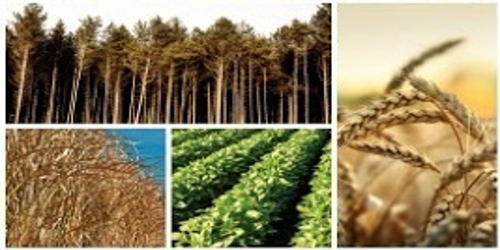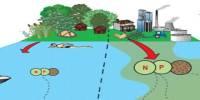Farmers who are preparing for their crop needs in 2023 are still struggling with high input costs, and as fall approaches, nitrogen prices are once again on the rise.
According to experts, there are other factors driving the market as farmers attempt to reserve their needs for the upcoming fall season.
When train businesses and rail unions came to a tentative agreement and averted a potential strike on Friday, nitrogen prices were saved from a serious catastrophe. Despite the good news, this StoneX Group chart demonstrates how prices are returning to the highs that producers witnessed in the spring.
One ag retailer in Missouri told AgWeb anhydrous prices for falls needs were:
- $800 per ton during the fall of 2021
- $1500 during the spring of 2022
- Farmers booking fall anhydrous today are paying $1325
A retailer located in Iowa also reported a fertilizer price increase this fall. The location reported:
- Prices started around $700 during the fall of 2021 and jumped to $1500 by the end of last fall
- Prices jumped to $1,700 during the spring of 2022
- Farmers looking to book for fall of 2022 saw prices that started at $1000 per ton, but now it’s more than $1400 per ton
What’s Behind the Price Increase for Fall?
What’s fueling the price increases now? Natural gas used to be the primary indicator, according to agricultural economists, but that is no longer the case.
Energy drives the cost of fertilizer, but so does output so does the price of corn. So do the supply shocks overseas in terms of foreign suppliers. So do the current energy shocks in Europe, which leaves all kinds of questions about the winter natural gas supply and availability, as well as transportation and everything else that we see going on here with the challenges we’re seeing today. Volatility is something producers are going to have to manage.
Brad Lubben
“Historically we might have thought fertilizer is primarily an energy cost input,” says Brad Lubben, agricultural economist with the University of Nebraska-Lincoln.
“Energy drives the cost of fertilizer, but so does output so does the price of corn. So do the supply shocks overseas in terms of foreign suppliers. So do the current energy shocks in Europe, which leaves all kinds of questions about the winter natural gas supply and availability, as well as transportation and everything else that we see going on here with the challenges we’re seeing today. Volatility is something producers are going to have to manage.”
Some economists and observers contend that the price of corn is a more significant driver of nitrogen costs now than the global conflict for energy.
“You have a lot of factors at play there,” says Cory Walters, an agricultural economist with University of Nebraska- Lincoln.
“You have corn prices heading back up. You have issues over in Europe, you have tariffs, you have you have transportation costs, it’s everything across the board is leading to this price level and this level of volatility. And I’d expect more of that going forward, as we as we move into the fall and winter.”
Josh Linville of StoneX Group says there were reports Friday that two European nitrogen plants are planning to come back online. In an effort to combat the bitterly cold temperatures this winter, he claims that it probably be done with the aid of government assistance.
As a result, NOLA January futures were down $30 from the highs on Thursday.
















